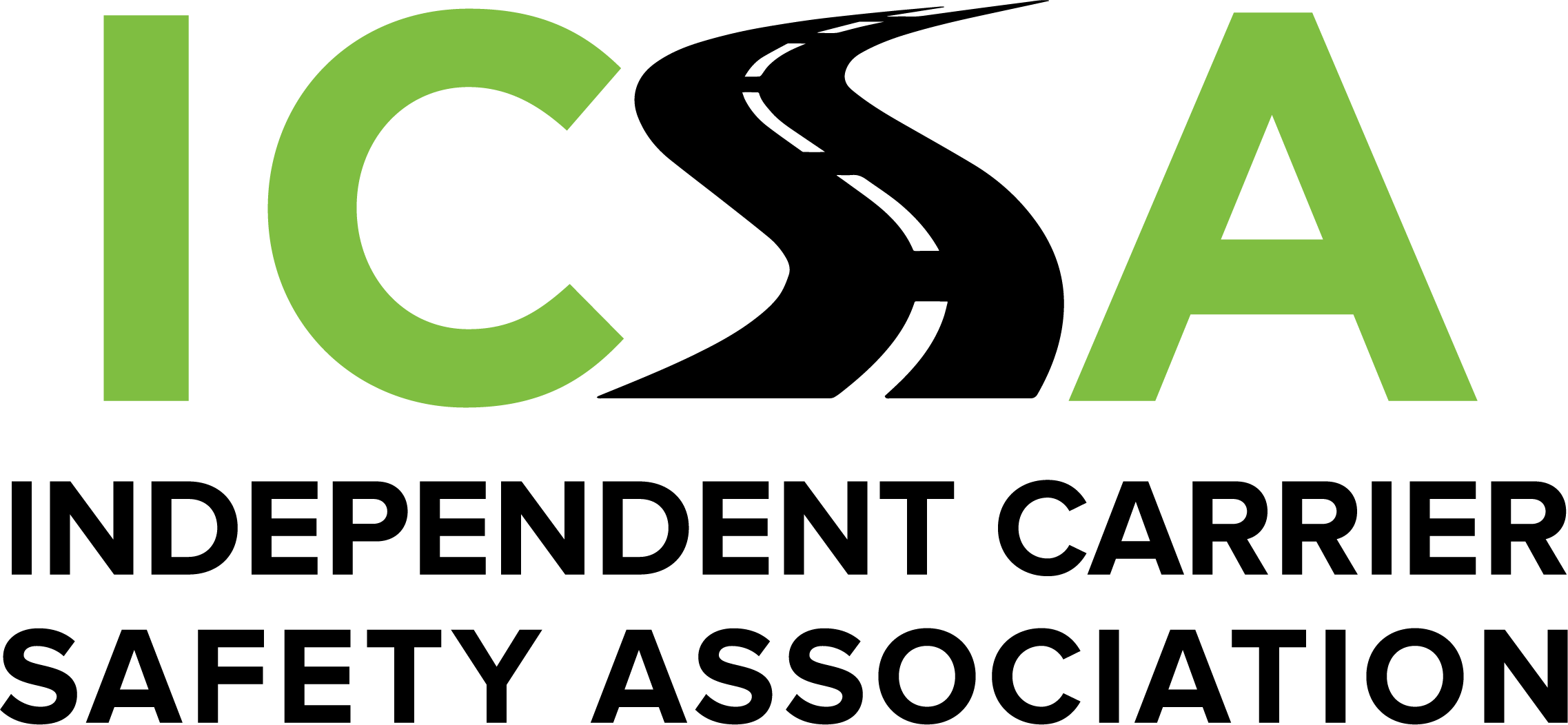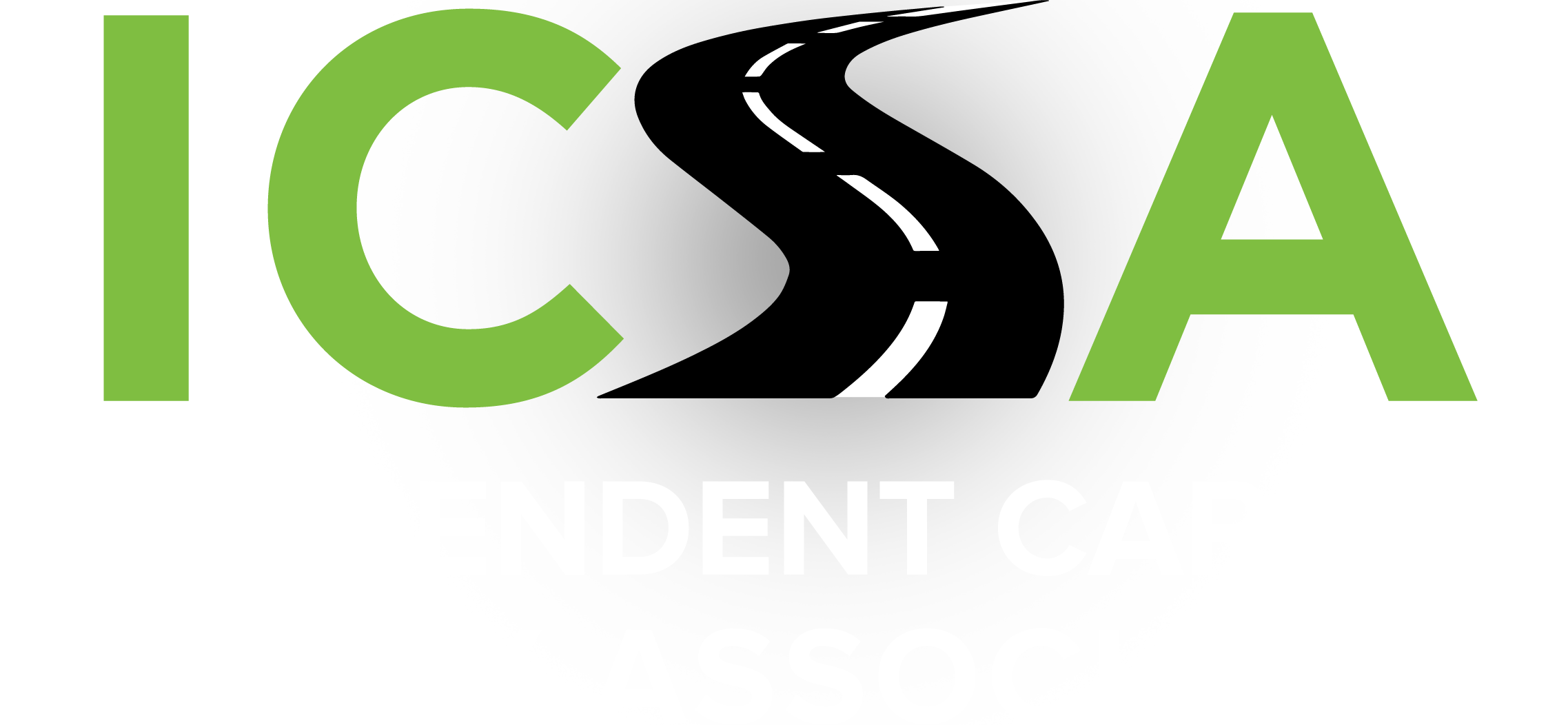Ever wonder who decides the cost of a federal regulation... and that the regulation is worth that price? In business, we understand how materials and labor, together with a reasonable profit, come together to generate a price. In investments, we look for a reasonable rate of return. In both cases, there is a private entity – the consumer, the investor – who makes the final decision.
With federal regulations, cost figures come from three sources: data submitted by the public in comments to a regulatory proposal; past government experience or studies of similar regulations; and standardized government-wide figures used in similar circumstances (e.g., the “statistical value of a human life”). The regulatory agency – FMCSA, NHTSA, etc. -- makes the decision that the regulation is worth the cost.
Ideally, the benefits of a regulation outweigh the costs. In fact, that has been the official government goal since the time of President Jimmy Carter. When the regulatory cost gets high, this “cost/benefit analysis” is reviewed by OIRA, the Office of Information and Regulatory Affairs. OIRA is an arm of the White House Office of Management and Budget, OMB. A high-cost regulatory proposal is deemed a “significant regulatory action,” which cannot move forward until OIRA gives its blessing.
There are other reasons a proposal may be considered a “significant regulatory action,” such as potential interference with the function of another federal agency. That, too, would trigger OIRA involvement. But from the cost standpoint, presidents since Carter have worked with a $100 million threshold (measured by “annual effect on the economy”) before a proposed regulation is sent to OIRA for cost/benefit review. This year, President Biden signed an executive order increasing the threshold to $200 million.
Bottom line – literally – the increased threshold means more regulatory proposals will be decided at the agency level.
In Part Four, we will discuss what you can do about proposed regulations.


